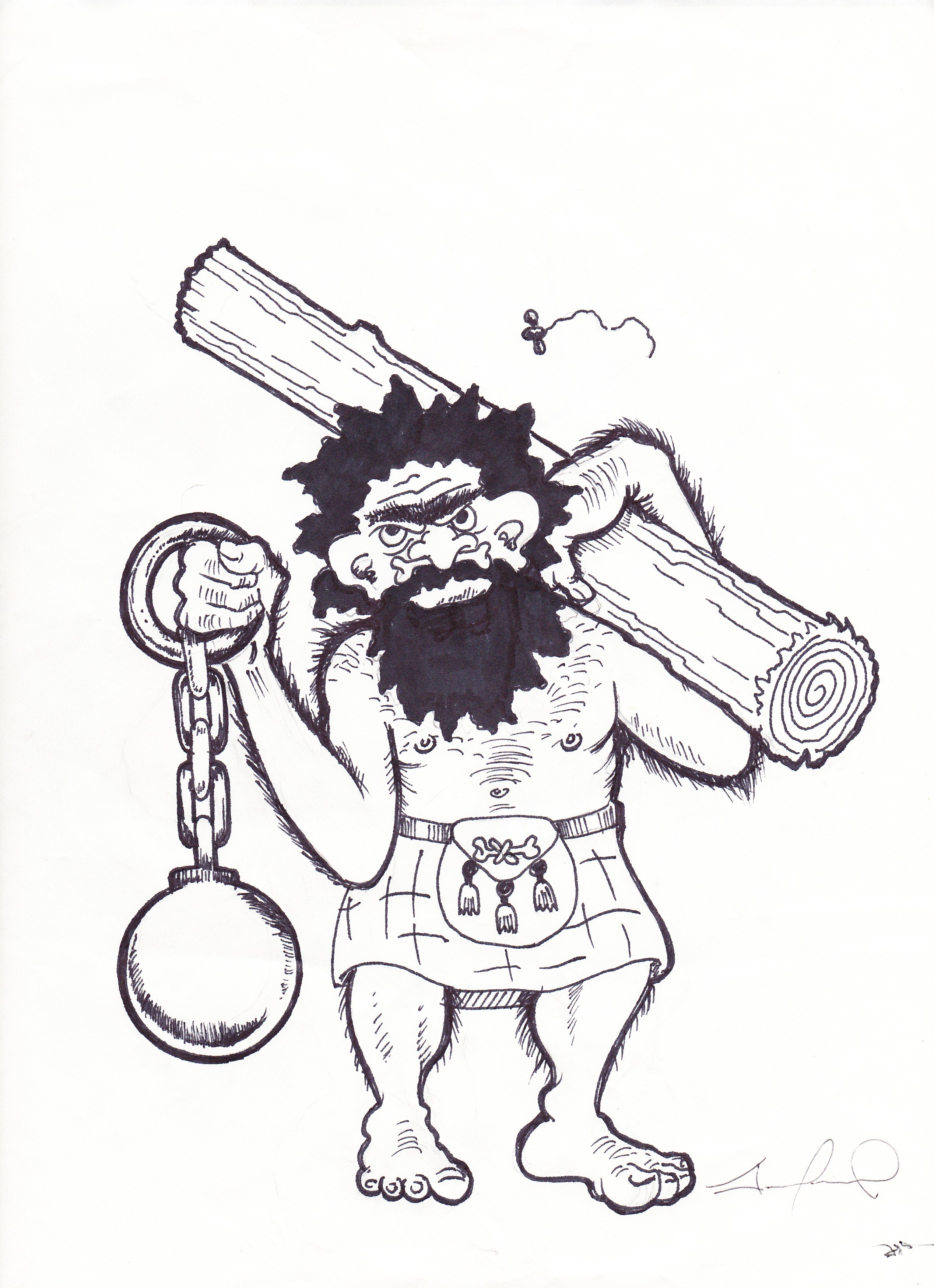About Us

In their original form many centuries ago, Highland Games revolved around athletic and sports competitions. Though other activities were always a part of the festivities, many today still consider Highland athletics to be what the games are all about — in short, that the athletics are the Games, and all the other activities are just entertainment. Scottish traditions and culture were spread as people from Scotland moved around the world. Caledonian Societies were formed in Canada, New Zealand, the United States, Australia and wherever around the globe Scots met and reunited. The first form of Highland Games in the United States took place in 1836 and was organised by the Highland Society of New York. Followed a few years later by the Caledonian Club of San Francisco. Now there are Highland Games held in many places throughout the world. Traditionally some events have become standard in these games such as the caber toss, stone put, Scottish hammer throw, weight throw, weight over the bar, sheaf toss and maide leisg (lazy stick). However, these gathering now have a whole variety of events, stalls, entertainments, pipes, dancing and all kinds of competitions. Regardless, it remains true today that the athletic competitions are at least an integral part of the events and one — the caber toss — has come to almost symbolize the Highland games. Other events include:
- Light weight for distance – Using a light weight (28 lb for men and 14 lb for women) the weights are made of metal and have a handle attached either directly or by means of a chain. The implement is thrown using one hand only, but otherwise using any technique. Usually a spinning technique is employed. The longest throw wins.
- Heavy weight for distance – Using a heavy weight (56 lb for men, 42 lb for masters men, and 28 lb for women) the implement is thrown using one hand only, but otherwise using any technique. Usually a spinning technique is employed. The longest throw wins.
- Light Hammer Throw – In the Scottish event, a round metal ball (weighing 16 lbs for men or 12 lbs for women) is attached to the end of a shaft about 4 feet in length and made out of wood, bamboo, rattan, or plastic. With the feet in a fixed position, the hammer is whirled about one’s head and thrown for distance over the shoulder. The longest throw wins.
- Heavy Hammer Throw – Same as the Light Hammer Throw, just increase the weight. In the Scottish event, a round metal ball (weighing 20 lbs for men or 16 lbs for women) is attached to the end of a shaft about 4 feet in length and made out of wood, bamboo, rattan, or plastic. With the feet in a fixed position, the hammer is whirled about one’s head and thrown for distance over the shoulder. The longest throw wins.
- Braemar Stone – The “Braemar Stone” uses a 20–26 lb stone for men (13–18 lb for women) and does not allow any run up to the toeboard or “trig” to deliver the stone, i.e., it is a standing put.
- Open Stone – This event is similar to the modern-day shot put as seen in the Olympic Games. Instead of a steel shot, a large stone of variable weight is often used. There are also some differences from the Olympic shot put in allowable techniques. In the “Open Stone” using a 16–22 lb stone for men (or 8–12 lb for women), the thrower is allowed to use any throwing style so long as the stone is put with one hand with the stone resting cradled in the neck until the moment of release. Most athletes in the open stone event use either the “glide” or the “spin” techniques.
- Weight Over Bar – Also known as weight for height or WOB. The athletes attempt to toss a 56 pound for men and 32 pound for women, weight with an attached handle over a horizontal bar using only one hand. Each athlete is allowed three attempts at each height. Successful clearance of the height allows the athlete to advance into the next round at a greater height. The competition is determined by the highest successful toss with fewest misses being used to break tie scores.
- Sheaf Toss – A bundle of straw (the sheaf) weighing 20 pounds (9 kg) for the men and 10 pounds (4.5 kg) for the women and wrapped in a burlap bag is tossed vertically with a pitchfork over a raised bar much like that used in pole vaulting. The progression and scoring of this event is similar to the Weight Over The Bar.
- Caber Toss – A long tapered pine pole or log is stood upright and hoisted by the competitor who balances it vertically holding the smaller end in his hands. Then the competitor runs forward attempting to toss it in such a way that it turns end over end with the upper (larger) end striking the ground first. The smaller end that was originally held by the athlete then hits the ground in the 12 o’clock position measured relative to the direction of the run. If successful, the athlete is said to have turned the caber. Cabers vary greatly in length, weight, taper, and balance, all of which affect the degree of difficulty in making a successful toss. Competitors are judged on how closely their throws approximate the ideal 12 o’clock toss on an imaginary clock.